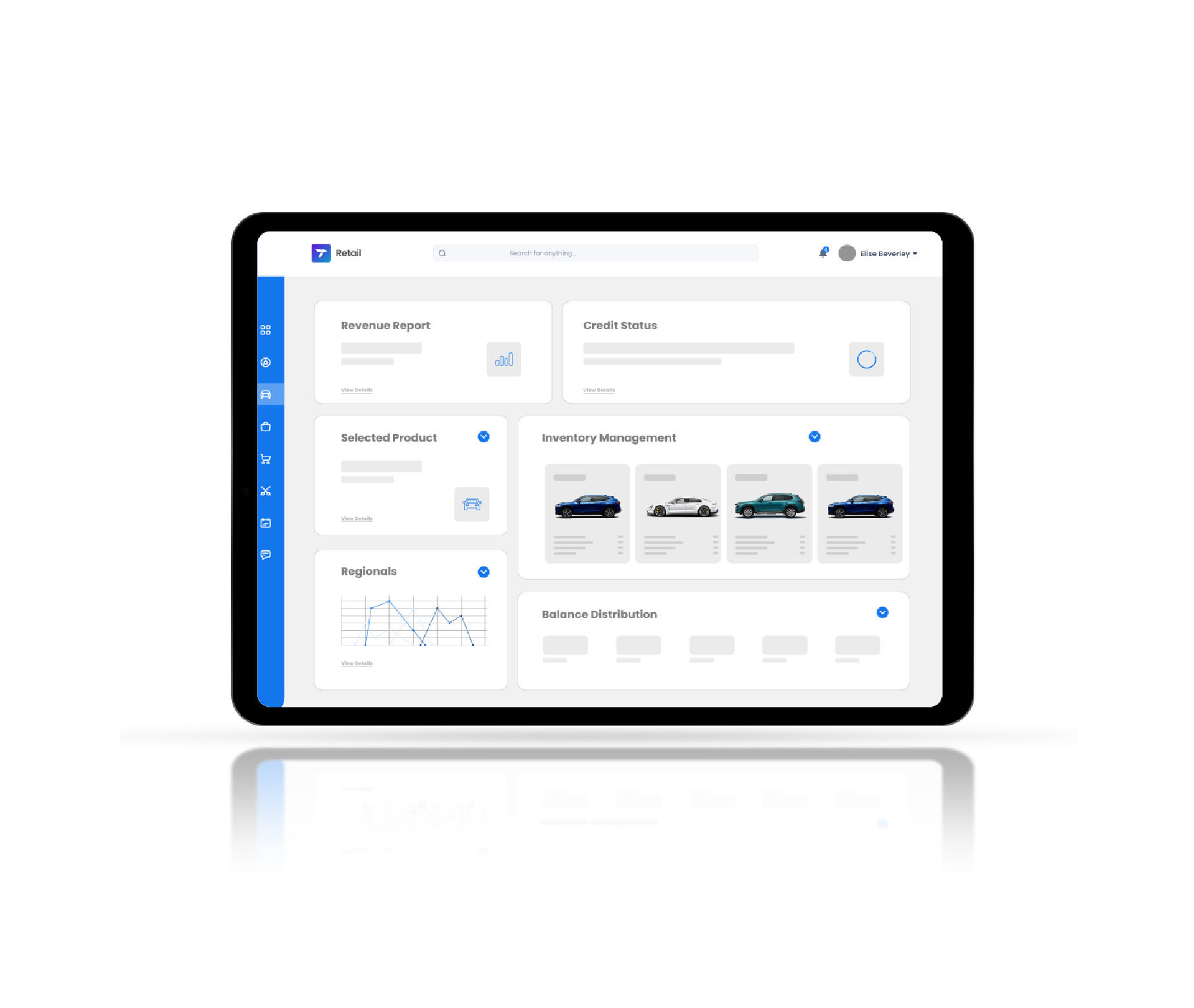Blog
Reinventing auto retail for 2025 - Why digital transformation is no longer optional
By Faraaz Ghauri, on April 14, 2025
Explore how digital transformation is reshaping auto retail in 2025, helping OEMs and dealerships improve efficiency, customer experience, and profitability.

In 2025, Auto Retail has reached a turning point. Digital transformation is no longer a choice—it’s the new competitive edge. OEMs and dealers aren’t just adapting to change; they’re driving it. The industry’s leaders are leveraging connected, data-driven technology ecosystems that make buying and selling faster, more profitable, and frictionless.
This shift isn’t about incremental improvements—it’s a fundamental reinvention of auto digital retail. The businesses that embrace digital-first strategies today are not just surviving; they’re scaling faster, increasing margins, and delivering customer experiences that turn buyers into lifelong brand advocates.
 There is an opportunity to make a real impact: Car buyers become more empowered and confident, and dealers then get customers who are more primed to buy. Sanjiv Yajnik, President, Financial Services at Capital One
There is an opportunity to make a real impact: Car buyers become more empowered and confident, and dealers then get customers who are more primed to buy. Sanjiv Yajnik, President, Financial Services at Capital One
Buying a car remains one of the biggest financial decisions consumers make. But today's buyers aren't walking into dealerships unprepared—they're leveraging digital tools to research, compare, and evaluate their options long before they step onto the showroom floor. This trend is especially pronounced among Millennials, who are emerging as the most active car-buying demographic. Recent data from TransUnion showed that 31% of Millennials were most likely to purchase a vehicle in early 2025, significantly outpacing other generations followed by 21% of Gen Z buyers. To meet these expectations, dealerships and OEMs must go beyond simply offering online tools, they must create a truly connected retail experience. The brands leading this transformation aren’t just digitizing parts of the process; they’re bridging the gap between online and in-person interactions, making the entire journey faster, more transparent, and more rewarding for both customers and dealers.
The digital shift in automotive dealership strategy
For decades, buying a car was a complex and time-consuming process—filled with paperwork, price negotiations, and financing hurdles. But today’s customers demand more control, transparency, and speed in their buying journey.
 70% of auto customers start their journey digitally. Mckinsey & Company
70% of auto customers start their journey digitally. Mckinsey & Company
According to the Think with Google survey, 95% of buyers prefer digital research over in-person dealer discussions.
This shift means dealerships and OEMs must go beyond basic online listings. A modern digital retail strategy isn’t just an option—it’s a necessity.
Challenges in the automotive industry: Navigating digital transformation for 2025
As OEMs and dealerships accelerate toward digital transformation, they face critical roadblocks that impact efficiency, profitability, and customer experience. From outdated systems to evolving consumer expectations, the road ahead is filled with obstacles that must be addressed for long-term success.
The digital roadblocks: Challenges for OEMs and dealerships
For OEMs, the challenge isn’t just adopting digital retail—it’s doing it without disrupting operations or diluting brand identity.
- Legacy Systems – Many OEMs still rely on outdated IT infrastructure, making modern integrations costly and inefficient.
- Data Silos – Disconnected systems prevent a unified view of customer and market data, slowing decision-making and limiting personalization.
- High Customization Costs – Creating a seamless, branded digital experience across markets and dealer networks requires expensive, resource-intensive customization.
- Rigid Digital Platforms – Many OEMs struggle to adopt AI, AR, and next-gen digital tools due to inflexible platforms that don’t support rapid adaptation.
- Direct-to-Consumer (DTC) vs. Dealer Tensions – The rise of DTC sales models creates friction with traditional dealer relationships, making it harder to balance both channels effectively.
- Regulatory Compliance & Data Security – Stricter data privacy laws add complexity to digital transformation strategies, requiring OEMs to prioritize cybersecurity and compliance across markets.
For dealerships, digital transformation isn’t just about staying competitive—it’s about staying in business.
- Rising Interest Rates & Slowing Sales – Higher financing costs and excess inventory put pressure on dealers to move stock faster while maintaining profitability.
- Fragmented Systems – CRM, DMS, lender aggregators, and digital retail tools often don’t fully integrate, creating inefficiencies that slow down sales and financing processes.
- Price Transparency Issues – Customers expect consistent pricing across online listings and in-store visits—any mismatch erodes trust and kills deals.
- F&I Profitability Concerns – Many dealers worry that digital retail solutions will limit upselling opportunities for financing and protection products, impacting revenue.
- Employee Training Gaps – Even the best technology fails without proper training. Without ongoing education and support, adoption stalls, and efficiency gains never materialize.
The OEMs and dealerships that take action today—breaking down silos, optimizing digital tools, and ensuring seamless customer experiences—will lead the industry in 2025 and beyond.
Coming up in Part 2: Explore how AI, AR, and immersive digital retail solutions are powering dealership success in 2025 and how NETSOL can help dealerships overcome industry challenges and build future-ready strategies.
Related blogs

Blog
The future of wholesale finance: Why mobile technology is transforming OEM-dealer relationships

Blog
Transitioning to smarter dealership operations without disrupting sales

Blog



